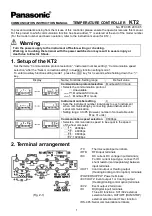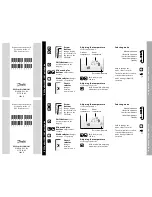
7
1
Network planning
1.1
Necessary components
The number of access points and the type of controller(s) may be evaluated depending on the size
and layout of the premises. Refer to Chapter 4 Radio planning, for guidelines for estimating the
number of access points. Remember to allow for estimated growth in the coming years, bearing in
mind the radio-related limitations in effect. The type of controller should be considered on the basis of
the estimated total number of access points. For larger installations, the latest 5508 controller (with
eight GE ports) is currently recommended. This is capable of handling up to 12, 25, 50, 100, 250 or
500 access points, depending on which licence one purchases. It is easy to expand the number of
licences later. The 4400 Series includes two different products: 4402 (with two GE ports) and 4404
(with four GE ports). In addition there is the WiSM module for the Catalyst 6500. The WiSM consists of
two 4404 controllers each with four rear-facing GE ports, each of which can handle up to 150 access
points.
In larger installations one should consider using more controllers, for the sake of fault tolerance. Each
access point may be configured to use a primary and a secondary controller (and a tertiary one if
desired). Note also that UNINETT has a WiSM module in its spare parts storeroom which may be sent
out in the event of serious operational problems.
If one only has a single controller, WCS (Wireless Control System) management software is strictly
speaking not necessary. It is perfectly possible to manage with a web-based management interface
directly to the controller. However, if several controllers are used, WCS is recommended.
For the mapping and monitoring of all the Wi-Fi units in a wireless network, to produce plan drawings
and so on, a dedicated hardware product, MSE (Mobility Service Engine) should be obtained. MSE
can handle up to 18,000 Wi-Fi units (clients and access points) and can be integrated with WCS. An
option is an LA (Location Appliance), which can handle up to 2500 Wi-Fi units (and can also be
integrated with WCS, up to version 6.0).
1.2
IP addresses and subnets
It is necessary to plan which IP addresses and VLANs are to be used for the various purposes:
•
The Wireless LAN Controller (WLC) must have administrative IP addresses
•
Any Wireless Control System (WCS), Mobility Service Engine (MSE) and/or Location
Appliance (LA) must have IP addresses
•
The access points must have management IP addresses which should be separated on a
dedicated subnet.
•
Users must have their own subnet or user class. The controller must also have one IP address
per user subnet.








































